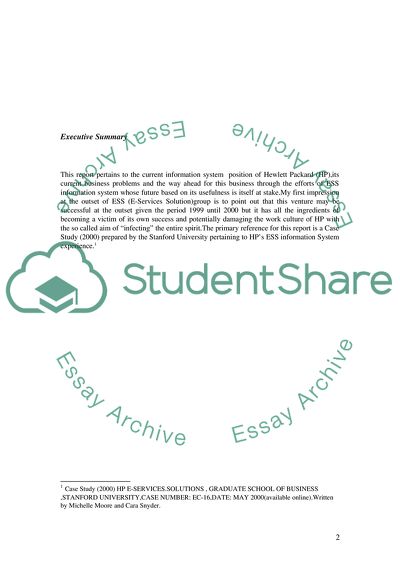Cite this document
(“Fundamentals of Information and Information Systems Case Study - 1”, n.d.)
Fundamentals of Information and Information Systems Case Study - 1. Retrieved from https://studentshare.org/information-technology/1716446-fundamentals-of-information-and-information-systems
Fundamentals of Information and Information Systems Case Study - 1. Retrieved from https://studentshare.org/information-technology/1716446-fundamentals-of-information-and-information-systems
(Fundamentals of Information and Information Systems Case Study - 1)
Fundamentals of Information and Information Systems Case Study - 1. https://studentshare.org/information-technology/1716446-fundamentals-of-information-and-information-systems.
Fundamentals of Information and Information Systems Case Study - 1. https://studentshare.org/information-technology/1716446-fundamentals-of-information-and-information-systems.
“Fundamentals of Information and Information Systems Case Study - 1”, n.d. https://studentshare.org/information-technology/1716446-fundamentals-of-information-and-information-systems.


